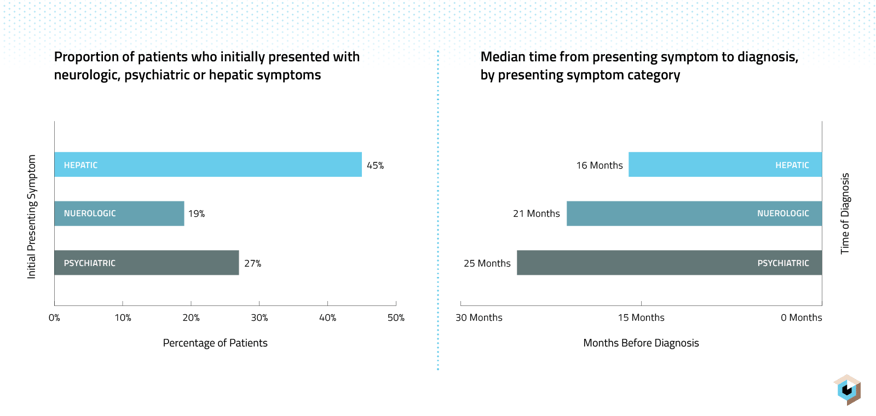Insights Gained by Mapping the Comprehensive Patient Journey

More comprehensive access to patient, provider, and payer data is rapidly changing how healthcare is delivered and promises to enhance the standard of care.
For businesses, the ability to leverage this data to map the patient journey presents tremendous opportunities. Understanding a patient’s healthcare encounters and interactions, from the first presentation of disease through diagnosis and treatment, can inform the development of predictive models, enable market segmentation, or help identify options for earlier treatment interventions.
In life sciences, these insights can be used by commercial teams to refine communications strategies to ensure the right message gets to the right audience at the right time. Medical affairs and clinical development groups can use such data to guide future research or to conduct real-world evidence studies. By evaluating the cost of care or the burden of disease across different treatment cohorts, health economics teams can develop new strategies to broaden access to care or treatment options.
Yet when tracking the patient journey, not all data sets are created equal. In fact, when viewed in isolation, they may provide an incomplete picture and create false signals.
For instance, while traditional market research offers a quick analysis of data from different health stakeholders, it often provides a small number of stagnant data points and is difficult to refresh as the market changes. Similarly, medical claims data provides a vast amount of information but, depending on its source, can vary widely in terms of the depth of the data sample available. Lab data offers an important view of patients’ diagnostic profiles but doesn’t necessarily illuminate the events before or after testing.
Complete View of Patient Journeys
To develop a complete picture, it’s crucial to access data that covers a wide swath of the population and goes deep, providing insights into different aspects of a patient’s journey through the healthcare system.
By linking together patient data that is deep, broad, and timely, our Healthcare Map can answer key questions that inform business strategies and potentially change outcomes. These analyses comprise the following four components:
- In-depth profiling of patient populations and providers: Through analysis, we can extract information about patient demographics, including age, gender, geographic location, and insights into provider specialty or affiliation to highlight key differences across patient cohorts.
- Diagnosis patterns and treatment milestones: To elucidate a patient journey, the data needs to capture all key milestone events, such as an initial diagnosis or the start of treatment. By understanding the healthcare encounters years before or after such an event, we can identify signals that reflect decision points. These can then be used to develop messaging that resonates or new strategies to reach and engage providers at key milestones along the patient’s journey.
- Patient movement between providers: By understanding how patients interact with different providers, we can better track key pathways to treatment. Such shifts provide signals that could lead to earlier diagnosis and intervention.
- Treatment progression: The patient journey doesn’t stop with a diagnosis. By following patients across treatment protocols, a better understanding of disease progression and therapy changes can emerge.
The power of the Healthcare Map is to drive deep, broad, and timely insights that can ultimately help to close gaps in care.
Bringing the Data to Life
Insights used to support a recent drug launch for a rare disease illustrate the power of this data to provide in-depth profiling of patient populations and providers. Through retrospective patient journey analysis leveraging Komodo’s Healthcare Map, differences in pathways to treatment for patients with atypical presentation of the disease were identified. This analysis showed that patients with atypical presentation – specifically focused on psychiatric symptoms rather than hepatic symptoms – took an average of 9 months longer to be diagnosed, delaying possible treatment for a chronic and debilitating disease.
By identifying common patterns in the earlier stages of patient pathways to diagnosis, Komodo was able to assist our customer in identifying key focus areas for additional education efforts to increase awareness about the disease and inform HCP diagnostic choices.

Another example of the power of Komodo’s data to elucidate diagnosis patterns and treatment milestones comes from recent work with a vaccines team. Taking advantage of the longitudinality of Komodo’s Healthcare Map, we created patient-centric business rules to map patients from initiation to completion of a vaccination schedule. This unique view allowed the customer to gain visibility into HCP behavior, amplifying the insights from the limited shipment data on which our customer previously relied. Modeling the patient-level vaccination journey allowed the customer to understand HCP performance across both patient volume and consistency of regimen completion.
The patient-centric view of HCP behavior allowed our customer to enhance digital messaging by focusing on highly specified HCP subsets. Insights gleaned through this approach enabled the client to set a new targeting strategy, complete with differentiated messaging.
Historically, the entire healthcare ecosystem has operated with painfully limited insights from data. Today, such knowledge gaps can be filled. Ensuring that any patient journey analysis involves a more complete data set is essential to ensuring business goals are met. To learn more about how a patient journey analysis can benefit your brand or business, talk to an expert at Komodo Health.







